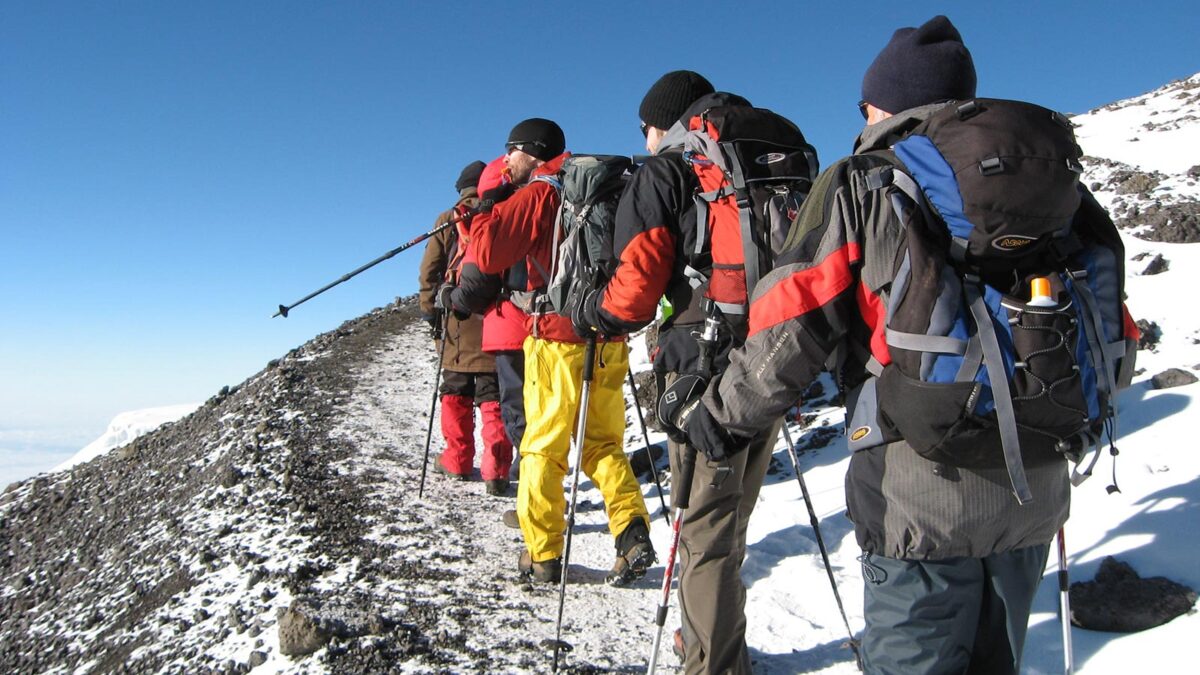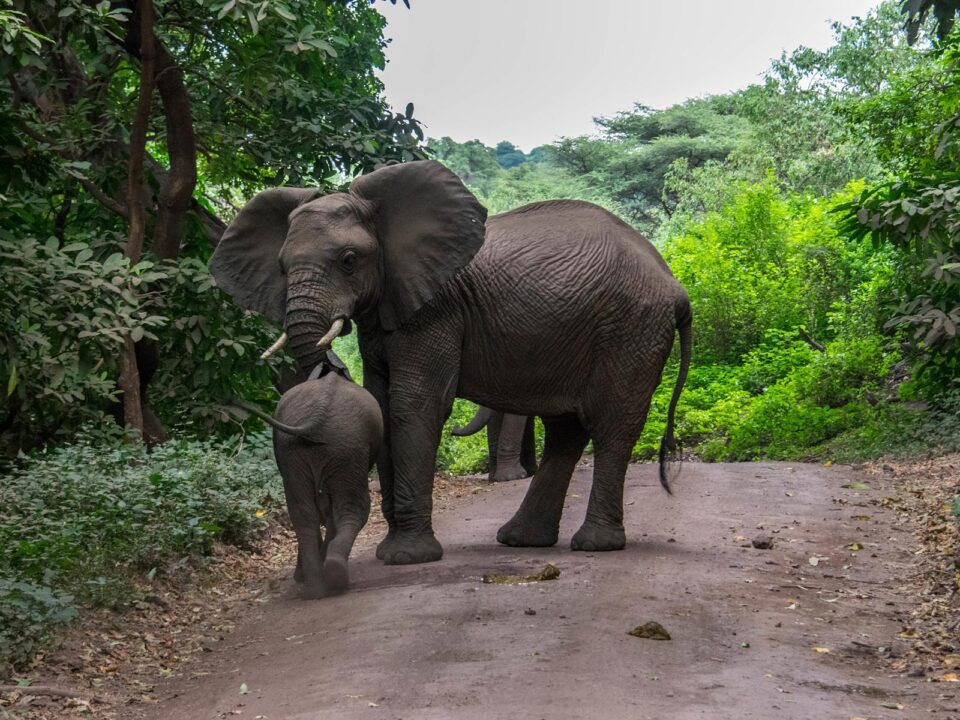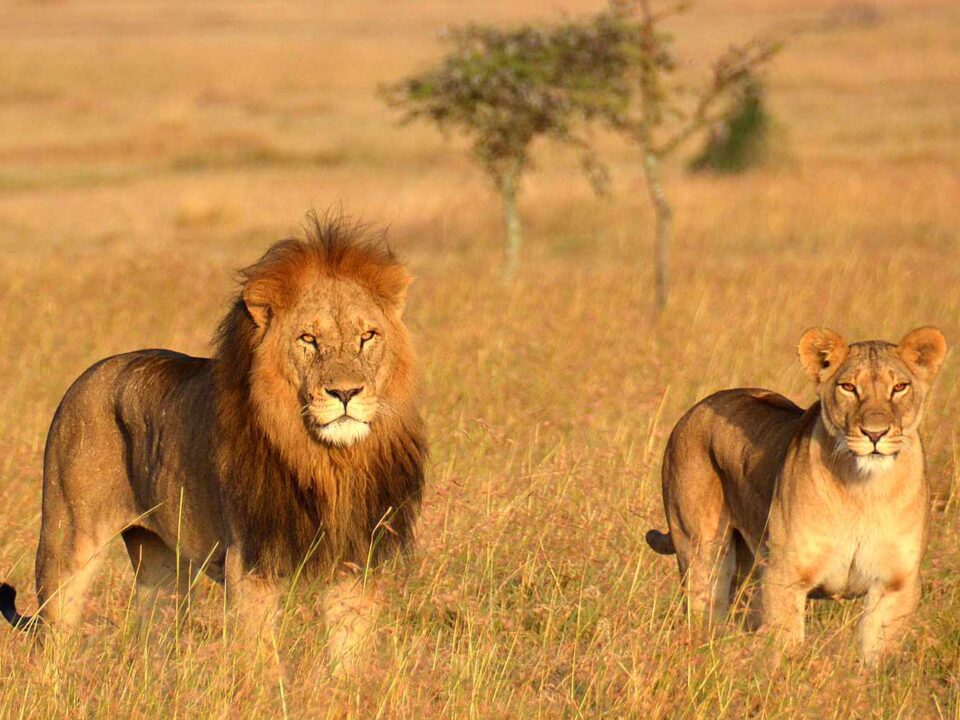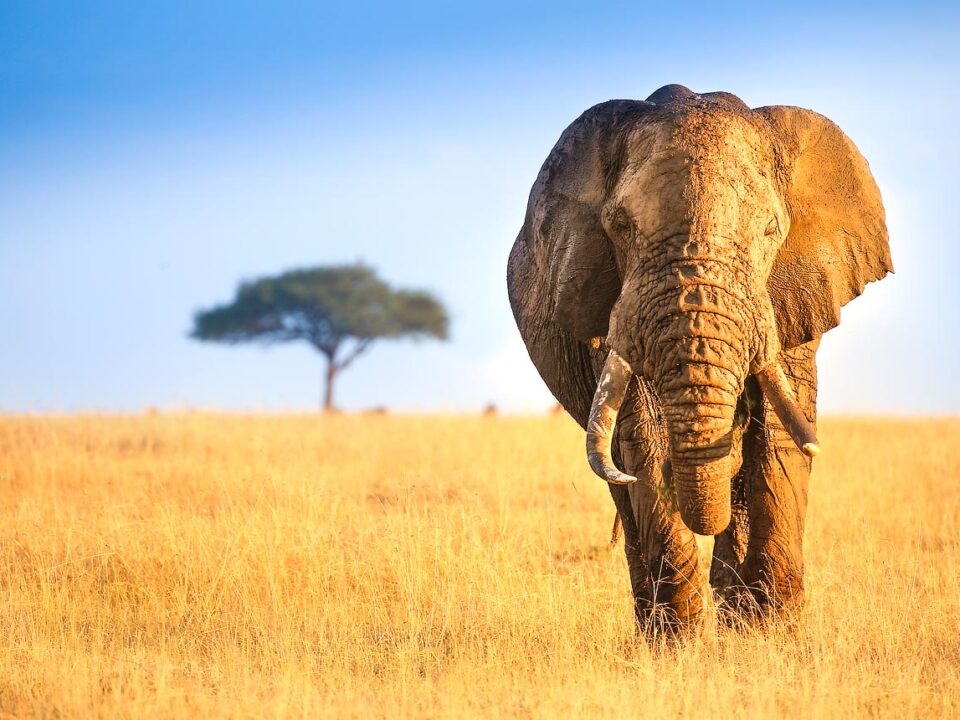Mountain Trekking and Hiking Safaris in East Africa

Animal Keeper Program for a Day
October 9, 2023
Mucha Hotel Kisoro
October 9, 2023Discover the Thrill of Mountain Trekking and Hiking Safaris in East Africa
For adventure seekers and nature enthusiasts, Uganda, often referred to as “The Pearl of Africa,” is an ideal destination for exhilarating mountain trekking and hiking experiences. Blessed with a diverse range of mountains and volcanoes, Uganda offers an array of adventurous hiking opportunities that perfectly complement the popular Gorilla tracking safaris, making your Ugandan adventure a complete package. Regardless of your physical fitness level, Trek Africa Expeditions offers a variety of short and extended hiking tours designed to meet your expectations. Some of Uganda’s renowned hiking spots include:
Mountain Rwenzori
Known as the “Mountains of the Moon,” Mount Rwenzori is the highest peak in Uganda and ranks as the third highest in the world. Situated on the border of Uganda and the Democratic Republic of Congo, this remarkable mountain offers a challenging trek lasting approximately 8 days, culminating at Margerita Peak, towering at an impressive altitude of 5,109 meters above sea level. At its summit, a permanent snowcap graces the landscape, providing a source for various rivers flowing into lowland areas. Mount Rwenzori National Park, located at the mountain’s base, boasts tropical rainforests and serves as a habitat for diverse wildlife species. Travelers can choose from different hiking trails based on their fitness levels and desired endpoints. The Central Circuit, the longest trail, takes about 8 days, while the Mahoma Loop is a less challenging 3-day trek, and the Kilembe Trail can be accomplished in just one day.
Mountain Elgon
Located on the eastern border of Uganda and Kenya, Mount Elgon is another captivating mountain to conquer. Standing at an elevation of 4,321 meters above sea level, it ranks as the 8th highest peak in Africa and the 4th highest in East Africa. Erosion over time has reduced its height from its once-lofty status as one of Africa’s highest peaks. Wagagai, Mount Elgon’s highest summit, shelters the world’s largest caldera, measuring approximately 50 by 80 kilometers. As a designated National Park, Mount Elgon is home to an array of wildlife, including elephants, forest monkeys, buffalos, and various small antelope species. Encounter these animals while hiking, and discover the mountain’s caves, waterfalls, and pristine water pools.
Virunga Volcanoes
In the realm of mountain trekking and hiking safaris in East Africa, the Virunga Volcanoes in Mgahinga Gorilla National Park stand out. These three conical, extinct volcanic mountains straddle the borders of Uganda, Rwanda, and the Democratic Republic of Congo. They are part of the eight volcanoes comprising the Virunga Volcano chain. Mount Muhabura, the highest peak, soars to 4,127 meters above sea level and can be summited in roughly 5 hours. Known as “Mount Muhabura,” translated as “guide” in Kinyarwanda, this volcano ranks as the third highest, following Karisimbi in Rwanda and Mikeno in the Democratic Republic of Congo. At its summit lies a captivating crater lake surrounded by a swamp, offering breathtaking vistas of neighboring Karisimbi and Mikeno.
Mount Sabinyo
Mount Sabinyo, situated at the borders of Uganda, Rwanda, and the Democratic Republic of Congo, is best hiked from Uganda. The rugged terrain and numerous crater lakes in Rwanda and Congo make hiking challenging in those regions. Mount Sabinyo boasts three peaks, one in Uganda and two in Rwanda and the DRC, but reaching the summit is demanding. The name “Sabinyo” translates to “old man’s teeth” in Kinyarwanda, owing to the peak’s resemblance to three spaced teeth of an old man. The slopes of the mountain are adorned with alpine forests, serving as a habitat for the famous golden monkeys and other wildlife, providing travelers with the opportunity to encounter these endangered species.
Mountain Kilimanjaro
Located in northeastern Tanzania, Mount Kilimanjaro graces Kilimanjaro National Park and stands as the tallest mountain in Africa, towering at an impressive 5,895 meters in height. This volcanic mountain features three cones that constitute its peaks: Kibo, Shira, and Mawezi, with Kibo being the highest point. Notably, Hans Meyer and Ludwig Purtscheller were the first known individuals to reach the summit in 1889. Kilimanjaro offers seven distinct routes for mountaineers to hike, each with its unique characteristics. These routes include Machame, Marangu, Lemosho, Rongai, Mweka, Umbwe, and Shira routes, catering to different preferences in terms of scenery, difficulty, and popularity. Due to its glaciers and ice, Mount Kilimanjaro serves as the source of numerous rivers and streams, with Pangani and Lumi being the major rivers. The mountain boasts various vegetation zones, each changing with altitude and providing a habitat for diverse animal species, including buffalo, elephants, bushbucks, duikers, monkeys, and numerous bird species.
Mountain Meru
Situated east of the Great Rift Valley and approximately 40 kilometers southwest of Kilimanjaro, Mount Meru resides within Tanzania’s Arusha National Park. This mountain is considered an active volcano and ranks as the country’s second-highest peak. Some even regard it as the fourth-highest mountain in Africa, following Kilimanjaro, Mount Kenya, and the Rwenzoris, known as the “Mountains of the Moon.” Mount Meru’s eruption over 500,000 years ago transformed its cone shape into a horseshoe crater, featuring tall inner walls rising over 1,500 meters from the crater floor. While eruptions have been reported in the past century, the Ash Cone continues to build inside the crater. The first recorded ascent of Mount Meru is credited to either Carl Uhlig in 1901 or Fritz Jaeger in 1904.
Although Mount Meru offers spectacular scenery and diverse wildlife, it is often visited as a secondary destination alongside primary ones like Kilimanjaro, Mount Kenya, or the Ngorongoro Crater. Hikers have the opportunity to witness the summit crater, hike along the crest of the crater rim, catch distant views of Kilimanjaro, experience a walking safari on the lower slopes, avoid tourist crowds, and for Americans, summit a peak taller than Mount Whitney. Arusha National Park issues certificates for those who reach the summit, whether at Little Meru sub-peak (3,820 meters) or Socialist Peak, also known as the Mount Meru summit.
Mountain Kenya
Located in central Kenya, just south of the Equator, Mount Kenya stands approximately 150 kilometers north-northeast of Nairobi. An extinct volcano with jagged peaks rising to 5,199 meters, it offers a striking contrast to the equatorial landscape encountered during the approach. Climbers often tackle Batian in June and Nelion in December and January. Non-climbing companions can partake in a trek to the nearby Lenana peak, making this an inclusive adventure for all. The journey unfolds through lush forests and moorlands, showcasing captivating equatorial flora and transitioning through wetland, heather, and alpine zones. Trekkers traverse the National Park, ensuring new terrain every day, with the ascent of Mount Kenya serving as the geographical highlight in the midst of this remarkable journey. This expedition offers a captivating blend of African culture and scenery, making it an enticing opportunity to explore this wild continent.
What to Bring for Your Mountain Hiking Adventure
As you embark on your mountain trekking and hiking safaris in East Africa, ensure you’re well-prepared with the following essentials:
- Hiking backpack
- Weather-appropriate clothing (moisture-wicking layers)
- Hiking boots or shoes
- Abundant energy-rich food
- Ample water supply
- Navigation tools such as a map and compass
- First-aid kit
- Knife or multi-tool
- Other essential items relevant to your hike
This comprehensive checklist is designed for day hikes in the backcountry, emphasizing self-sufficiency for your well-being. It includes a wide range of items that you may need, depending on factors like weather, trail difficulty, and distance from assistance.
For those venturing into the world of mountain trekking and hiking safaris in East Africa, Trek Africa Expeditions is your trusted partner. Contact us to book your extraordinary mountain trekking adventure, where you’ll explore breathtaking landscapes, encounter diverse wildlife, and create unforgettable memories in the heart of East Africa.




